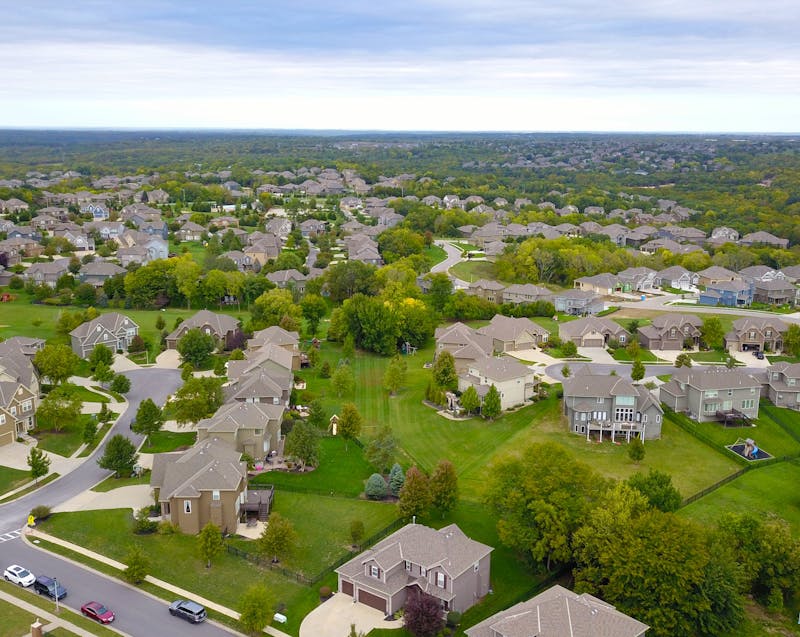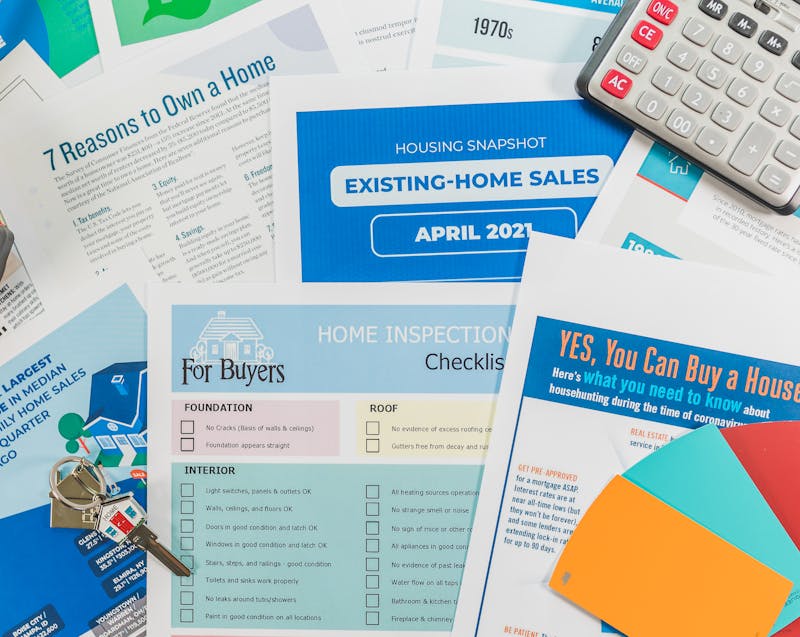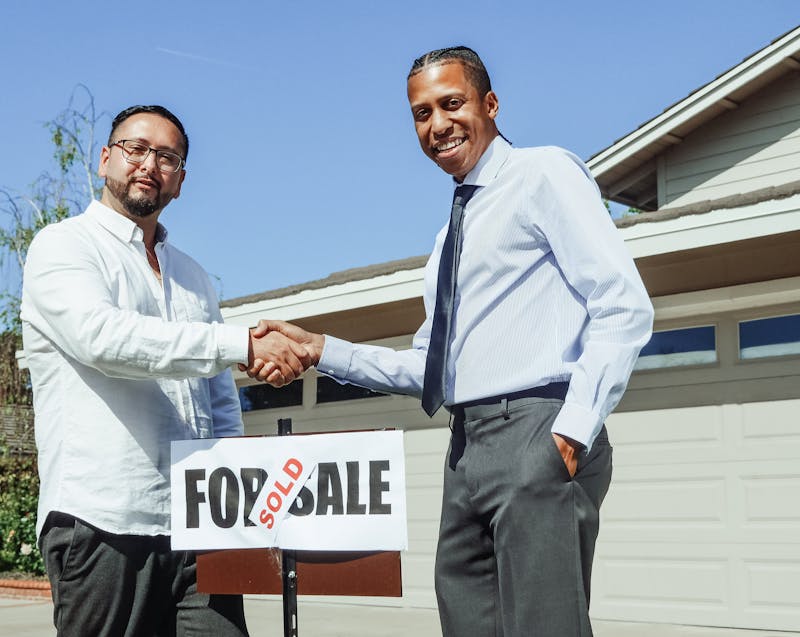- In 2025, the cost gap between building and buying a house has narrowed due to stabilizing material and housing prices.
- Building a home offers full customization, modern energy-efficient features, and long-term value—but usually costs more upfront.
- Buying an existing home is faster, more convenient, and often cheaper initially, though it may come with maintenance or renovation expenses.
- Location, land costs, and financing options heavily influence whether building or buying is more affordable.
- Homeowners should set aside a 10–15% contingency fund to cover hidden or unexpected costs.
- Energy-efficient and sustainable homes are increasingly valuable, offering long-term savings and potential tax benefits.
- The best choice depends on personal priorities—budget, lifestyle, and how long you plan to stay in the home.
Owning a home remains one of life’s biggest financial milestones. But in 2025, as construction costs rise and the housing market continues to shift, aspiring homeowners are asking an age-old question: Is it cheaper to build or buy a house? The answer isn’t as straightforward as comparing price tags—it depends on multiple factors such as location, materials, land costs, interest rates, and personal lifestyle choices.
This comprehensive guide explores everything you need to know before deciding between building a brand-new home or purchasing an existing one. We’ll cover the latest market trends, financial implications, and hidden costs, and offer practical advice to help you make a smart, informed decision that suits your long-term goals and budget.
Understanding the 2025 Housing Market

The housing market in 2025 reflects both opportunities and challenges for potential homeowners. Over the past few years, home prices have stabilized in some regions but continue to rise in high-demand urban areas. Meanwhile, material and labor shortages from previous years have started to ease, making construction slightly more predictable but not necessarily cheaper.
Interest rates also play a major role in affordability. While rates in 2025 remain higher than in the pre-pandemic era, they are still manageable for those with strong credit and a stable income. This balance between affordability and demand makes it essential to carefully assess whether building or buying aligns with your financial situation and homeownership goals.
Key Market Trends to Note:
- Slight cooling in home prices in many suburban and rural areas.
- More available land plots due to shifting population patterns.
- Gradual stabilization of construction material costs, such as lumber and concrete.
- Increased demand for energy-efficient homes and smart home features.
Understanding these dynamics can help you estimate true costs and long-term value before making your move.
The Cost of Building a House in 2025
Building a home offers the freedom to create your dream layout, but it comes at a price. In 2025, the average cost to build a house in the U.S. ranges from $250,000 to $500,000, depending on location, materials, and size. Luxury or custom designs can easily exceed $700,000.
What’s Included in Construction Costs
When budgeting to build, you’ll need to account for several major cost categories:
- Land Purchase and Preparation
- Land prices vary widely—urban plots are more expensive, while rural areas offer better deals.
- Site preparation, including grading, permits, and utility hookups, can add $20,000–$50,000.
- Building Materials and Labor
- Construction materials like lumber, steel, and concrete continue to fluctuate.
- Labor costs remain high, as skilled workers are still in demand.
- Design and Customization
- Architectural and engineering fees average 5–15% of total construction costs.
- High-end finishes, smart home systems, and eco-friendly upgrades can significantly raise your budget.
- Permits and Inspections
- Expect to pay around $5,000–$10,000 for required building permits and municipal inspections.
- Financing Costs
- Construction loans often have higher interest rates than traditional mortgages and require multiple disbursements throughout the build.
Average Cost Breakdown per Square Foot (2025 Estimates):
- Budget build: $120–$180/sq. ft.
- Mid-range build: $200–$300/sq. ft.
- High-end custom build: $350–$600/sq. ft.
While building a home gives you full control over design and materials, unexpected expenses and delays can easily inflate your budget.
The Cost of Buying a House in 2025
Buying an existing home remains the most common route to ownership. In 2025, the median price of a single-family home in the U.S. is approximately $425,000, though prices vary by region. Purchasing can be faster and less stressful than building, but you might have to compromise on design or condition.
What Determines the Cost of Buying
Several key factors affect how much you’ll pay for a home:
- Location
- Urban and coastal areas continue to command premium prices.
- Smaller towns and suburban communities often provide more value for money.
- Home Age and Condition
- Older homes may cost less upfront but require significant maintenance and upgrades.
- Newer homes built within the last 5–10 years tend to have fewer repair needs.
- Market Demand
- Competitive markets may lead to bidding wars, driving up the final sale price.
- Homes in less competitive markets may offer opportunities for negotiation.
- Financing and Interest Rates
- Mortgage rates in 2025 remain a crucial factor in total ownership cost.
- A small rate difference can translate into thousands in savings or added expense over time.
- Renovation and Maintenance Costs
- Expect annual maintenance costs of 1–3% of the home’s value.
- Major repairs, such as roofing or HVAC replacement, can cost tens of thousands over time.
Pros of Buying an Existing Home:
- Faster move-in time.
- Established neighborhoods with mature landscaping.
- Lower risk of construction delays.
- Potential to negotiate better terms in a buyer’s market.
Cons of Buying an Existing Home:
- Limited customization.
- Potential for hidden repair costs.
- Older systems may not meet modern energy standards.
Is It Cheaper to Build or Buy a House in 2025?
This is the central question every aspiring homeowner wants answered. The truth is, the cheaper option depends on your priorities and circumstances. In 2025, the average cost difference between building and buying is narrowing, thanks to more stable construction material prices and growing inventories in the housing market.
In general:
- Building may be cheaper if you already own land, plan modestly, and manage the project efficiently.
- Buying may be cheaper if you find a well-priced home in a cooling market and don’t need major renovations.
Factors That Tip the Scale Toward Building
- You value customization and modern features.
- You have access to affordable land.
- You plan to stay long-term and want energy-efficient savings.
Factors That Make Buying More Affordable
- You find a move-in-ready home below market value.
- You prefer convenience and speed.
- You want to avoid construction risk and time delays.
Estimated Cost Comparison (2025 Averages):
| Category | Building a House | Buying a House |
| Average Cost | $250,000–$500,000 | $375,000–$425,000 |
| Timeframe | 6–12 months | 1–3 months |
| Maintenance | Lower initially | Higher for older homes |
| Customization | Fully customizable | Limited |
| Energy Efficiency | High | Varies |
| Financing | Construction loans | Traditional mortgage |
In essence, building may cost slightly more upfront, but offers higher long-term value through energy savings, personalization, and lower maintenance.
The Hidden Costs Most Homeowners Overlook
Whether you build or buy, there are additional expenses many first-time homeowners don’t anticipate. These hidden costs can influence your budget and decision-making.
Hidden Costs When Building a House:
- Utility hookups and land clearing.
- Landscaping and driveway installation.
- Construction delays and material price changes.
- Interior furnishings and appliances not included in construction contracts.
Hidden Costs When Buying a House:
- Home inspection and appraisal fees.
- Closing costs (2–5% of purchase price).
- Immediate repairs or updates post-purchase.
- Property taxes and homeowners’ association (HOA) fees.
Always build a 10–15% contingency fund into your budget for unexpected expenses. Being financially prepared will help prevent stress later in the process.
The Role of Energy Efficiency and Sustainability
Sustainability has become a central consideration in homeownership decisions. In 2025, more buyers and builders are prioritizing eco-friendly materials, solar panels, and energy-efficient appliances.
While building a new home allows for complete integration of green technologies, buying an older home often requires costly retrofitting to achieve similar efficiency levels.
Benefits of Building a Sustainable Home:
- Lower energy bills through better insulation and smart systems.
- Potential tax incentives for green features.
- Higher resale value due to the growing demand for sustainable housing.
However, sustainable construction materials may have a higher initial cost. For example, energy-efficient windows, solar installations, and advanced HVAC systems add thousands to upfront expenses but can pay off in long-term savings.
Financing Options for Building vs. Buying

Financing plays a crucial role in determining affordability. In 2025, homeowners have more flexible lending options tailored to either route.
For Building:
- Construction Loans: Short-term loans covering building costs, converted into a mortgage once construction is complete.
- Owner-Builder Loans: For those managing construction independently, though approval can be harder to obtain.
- Land Loans: If you’re purchasing land separately before building.
For Buying:
- Fixed-Rate Mortgages: Offer predictable payments over 15–30 years.
- Adjustable-Rate Mortgages (ARMs): May start lower but fluctuate with market rates.
- First-Time Homebuyer Programs: Often include down payment assistance or reduced rates.
Tip: Always factor in total loan costs—interest, insurance, taxes, and maintenance—when comparing affordability.
How to Decide: Key Questions to Ask Yourself
Before making your decision, consider the following questions to clarify your goals and resources:
- What’s my total budget, including hidden costs?
- How long do I plan to live in the home?
- Do I value customization or convenience more?
- What’s the local housing market like in my area?
- Can I manage potential construction delays and stress?
- Am I prepared for ongoing maintenance and repair costs?
Taking time to evaluate these factors ensures that your choice aligns with both your financial capacity and lifestyle.
Expert Tips for Saving Money Either Way
Regardless of your decision, there are ways to maximize value and minimize expenses:
If You’re Building:
- Choose a smaller, efficient floor plan.
- Opt for mid-range finishes instead of luxury materials.
- Source local materials to cut transportation costs.
- Get multiple quotes from contractors to compare rates.
- Invest in energy-efficient systems to save long-term.
If You’re Buying:
- Look for homes listed below market value due to minor cosmetic issues.
- Negotiate closing costs or home warranties.
- Prioritize move-in-ready homes to avoid immediate renovation expenses.
- Refinance when rates drop to lower monthly payments.
Smart financial planning and negotiation can make a major difference in overall affordability.
Conclusion: Which Is Right for You in 2025?
The decision between building and buying hinges on personal priorities more than ever. Building a house offers unmatched customization, energy efficiency, and modern design, often leading to better long-term value—but requires patience and higher upfront costs. Buying a house, meanwhile, remains faster, more predictable, and often cheaper initially, especially in cooling markets.
Ultimately, the right choice depends on your financial readiness, timeline, and lifestyle goals. If you crave creative control and sustainability, building may be the ideal investment. If convenience, location, and budget are your top priorities, buying an existing home could be the smarter move.
Before you decide, get estimates from local builders, research real estate prices in your area, and consult a trusted financial advisor to ensure your choice supports both your dreams and your bottom line.

